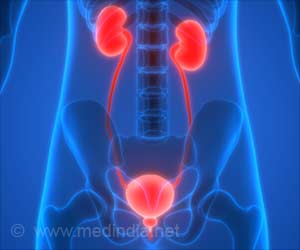Canadian researchers are developing a bioactive paper that can detect and deactivate life-threatening food, air, and water-borne bacteria and viruses, like E-coli, salmonella and SARS.
Canadian researchers are developing a bioactive paper that can detect and deactivate life-threatening food, air, and water-borne bacteria and viruses, like E-coli, salmonella and SARS.
The low-cost and easy-to-use paper is laced with biologically active chemicals and can be used in manufacturing products like food packaging paper for detecting E. coli and salmonella in food, and hospital masks for detecting and deactivating harmful air-borne viruses such as SARS.The paper can also be used to manufacture dipsticks for detecting and purifying unsafe drinking water, and paper strips for checking for banned pesticides in crop produce.
Robert Pelton, scientific director of SENTINEL, the research consortium of 10 Canadian universities, nine industry partners, and other federal and provincial government for the development of the bioactive paper, said the idea stemmed in the wake of the SARS outbreak and the anthrax scare in the US.
"What bioactive paper will offer are immediacy, portability and low-cost in detecting and repelling or deactivating harmful pathogens. Right now, it can take days or weeks to get samples to a lab, diagnose the problem and get the remedy into the field,” said Pelton, who is also a professor of chemical engineering at McMaster University, and specializes in pulp and paper research.
According to him, the key to developing bioactive-paper products is the ability to merge advances in biochemistry with current paper-production processes.
As of now, the research team is investigating the development of a bioactive ‘ink’ which would allow biologically active chemicals to be printed, coated or impregnated onto or into paper using current paper-making and high-speed printing processes.
Advertisement
Source: ANI
LIN/V








